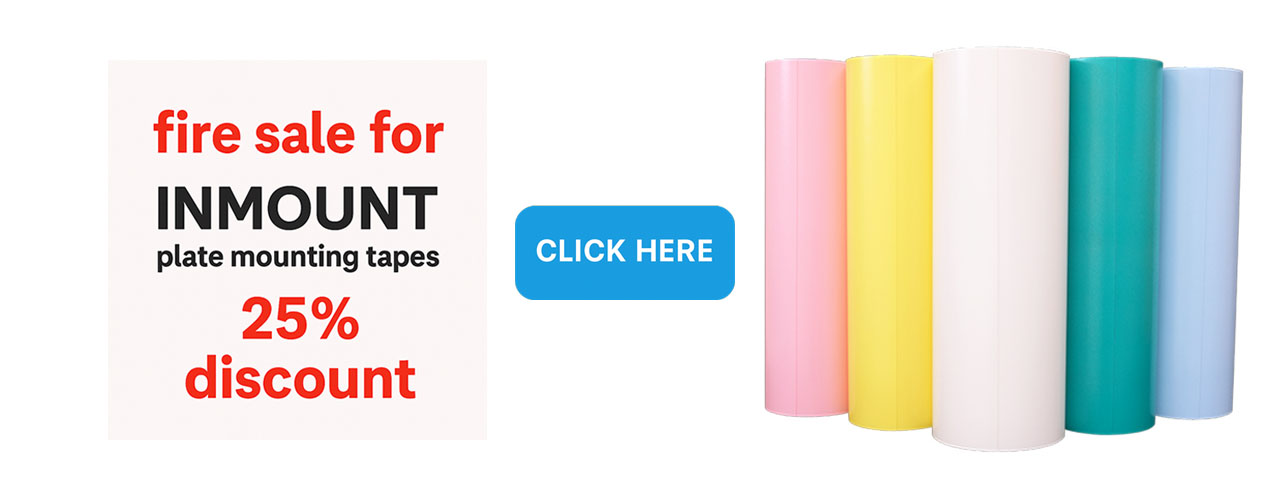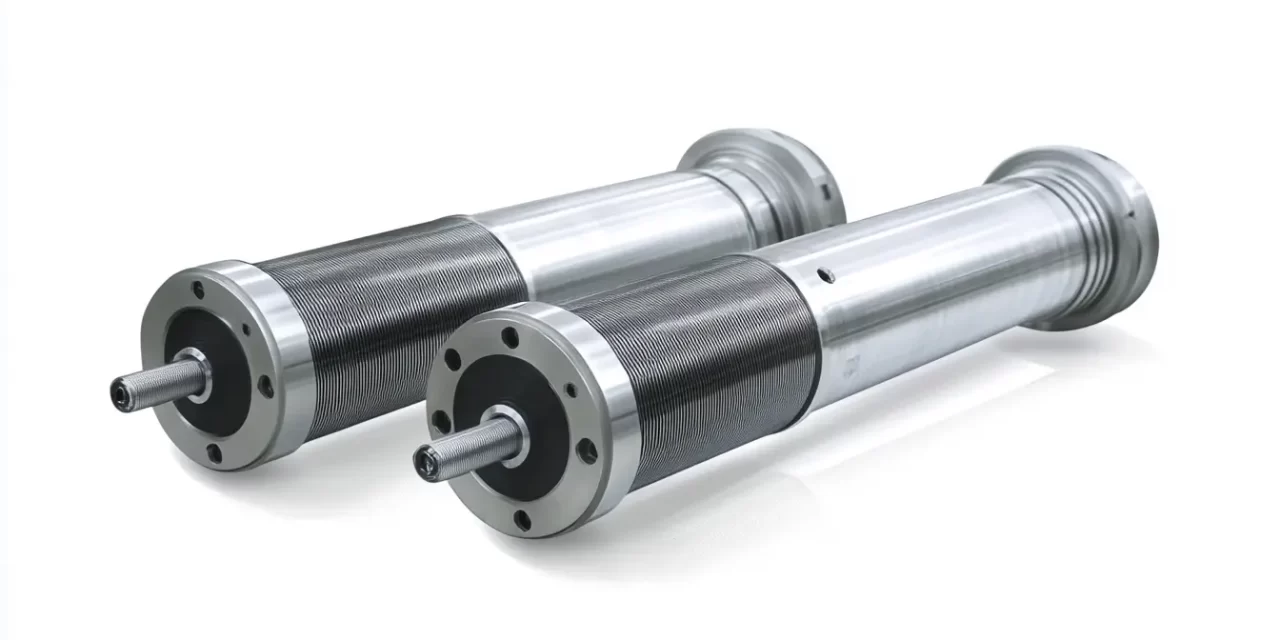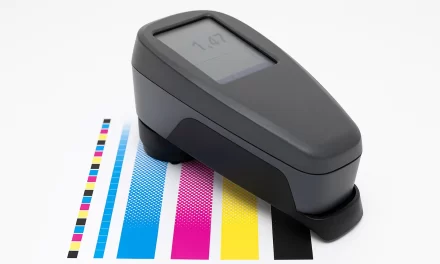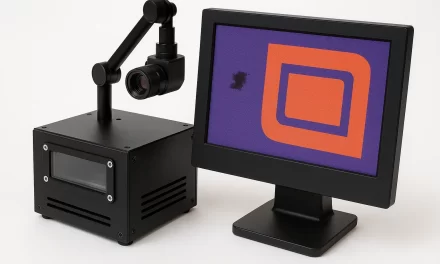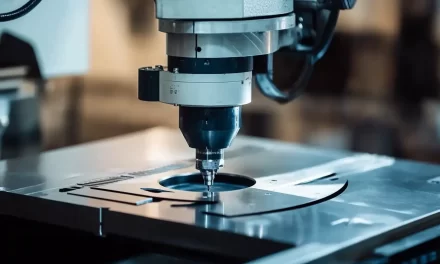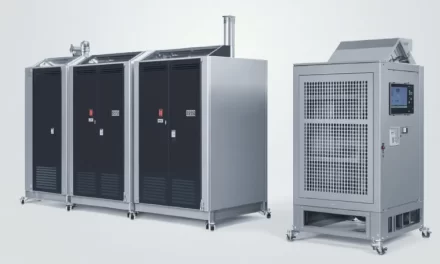Rotary Dies in Flexographic Printing: The Power Behind Perfect Cuts
In the high-speed world of flexographic printing, producing stunning visuals is only half the challenge. To complete the job, especially for labels and packaging, the substrate must be cut, creased, or perforated with accuracy that matches the print. This is where rotary dies shine—a staple in flexo converting that quietly delivers unmatched precision and productivity.
Rotary dies are the unsung heroes behind every flawless label, peel-back coupon, tamper-evident seal, and custom-shaped sticker. Without them, the beautifully printed material is just that—printed, but unfinished. Integrated seamlessly with flexographic presses, rotary dies help transform flat rolls into fully formed, ready-to-use products at incredible speeds.
Whether you’re a label converter, flexible packaging expert, or just diving into the converting side of flexo, this in-depth guide will help you understand how rotary dies work, what types are available, when to use them, and how to maintain them for peak performance.
What Are Rotary Dies?
A rotary die is a cylindrical cutting tool mounted onto a rotary press to convert substrates—cutting, creasing, scoring, or perforating them as they pass through. As the web moves continuously, the rotary die rotates in sync with the substrate’s speed, creating accurate and repeatable cuts on the fly.
Rotary dies are commonly used in:
- Pressure-sensitive label production
- Folding carton manufacturing
- Flexible packaging
- Medical and technical adhesive converting
- Security labels and tamper-evident applications
They offer a fast, clean, and repeatable method of die cutting, making them ideal for long runs, inline finishing, and applications that demand tight tolerances.
How Do Rotary Dies Work?
In a rotary die-cutting station, the printed web moves between two cylinders:
- The rotary die, which contains the cutting blades
- The anvil roll, which provides a hardened backing surface
As the web passes through the nip, the die engages with the substrate and cuts it into the desired shape. In kiss-cutting operations, the die cuts through only the top layer (e.g., adhesive label face stock), leaving the liner intact.
Modern rotary die stations often include:
- Servo-driven controls for precise registration
- Pressure adjustment systems to control die engagement
- Matrix rewinders to remove excess waste
- Vision systems to detect alignment issues and defects
This integration enables a fully inline, high-speed converting process, reducing turnaround times and production costs.
Types of Rotary Dies
There’s no one-size-fits-all when it comes to rotary dies. Here are the primary types you’ll encounter in flexographic printing:
Solid Rotary Dies
- Made from a single piece of engraved steel
- Extremely durable and built for long, high-volume runs
- Ideal for abrasive substrates like synthetics or foils
- Can be re-sharpened multiple times
Use Case: Beverage label runs in the millions, folding cartons, heavy adhesive applications.
Flexible Rotary Dies
- Thin steel sheets etched with a die pattern
- Mounted on magnetic cylinders
- Cost-effective and faster to produce
- Easy to store and replace
Use Case: Short to medium label runs, digital-flexo hybrid workflows, frequent design changes.
Adjustable/Anvil-Side Dies
- Designed with micro-adjustment mechanisms
- Useful for compensating for liner thickness changes
- Enhances kiss-cutting control
Use Case: Applications with varying liner gauges or recycled materials.
Laser-Hardened Dies
- Treated with lasers for superior wear resistance
- Extended life without sacrificing precision
Use Case: High-speed runs on abrasive materials or for die patterns with fine detail.
Rotary Die Applications in Flexography
Rotary dies are incredibly versatile and enable a wide range of applications:
- Kiss cutting – For adhesive labels and decals
- Through cutting – For full cutouts of shapes
- Creasing and scoring – For foldable packaging components
- Perforating – For easy-open packaging or tear-away labels
- Embossing – Adding texture or raised patterns to labels
- Sheeting – Cutting printed material into specific lengths
Their compatibility with a wide variety of materials—from paper to film, foil, and even fabric—makes them essential for any flexo shop aiming to provide end-to-end solutions.
Why Rotary Dies Are Essential in Flexo Converting
1. High-Speed Performance
Rotary dies match the continuous motion of flexographic presses, offering incredible speed without sacrificing accuracy.
2. Tight Tolerances
With precision manufacturing, rotary dies can achieve tolerances within microns, which is vital for applications like pharmaceutical labels or security features.
3. Reduced Waste
Clean, consistent cuts reduce substrate waste and minimize press stoppages caused by improper matrix stripping.
4. Shorter Changeovers
Flexible dies can be swapped in minutes, making them perfect for converters dealing with multiple SKUs and short runs.
5. Tool Longevity
Solid rotary dies—especially hardened or coated—can last for millions of impressions, providing excellent ROI over time.
Factors to Consider When Choosing a Rotary Die
Choosing the right die for your press and product requires careful thought. Ask yourself:
- What is the substrate type (paper, film, foil)?
- What’s the adhesive strength?
- Are you kiss-cutting or through-cutting?
- Is the job high-speed or precision-focused?
- How long is the run length?
- Will you change designs frequently?
Your answers will help determine if you need a solid die for durability, a flex die for speed and cost, or an adjustable die for versatility.
Tips for Maintaining Rotary Dies
Proper maintenance extends die life and ensures optimal cut quality:
Storage
- Flexible dies should be stored flat or on magnetic boards to prevent warping.
- Solid dies need clean, dry environments to avoid corrosion.
Cleaning
- Use non-abrasive cleaning solutions to remove adhesive buildup.
- Avoid metal tools that can nick or dull cutting blades.
Inspection
- Check dies regularly for blade wear, burrs, or scoring.
- Measure cutting depth and compare against job specs.
Sharpening and Refurbishing
- Solid dies can be re-sharpened professionally.
- Some vendors offer retooling services for engraved dies.
Challenges and Solutions
Die Wear
Problem: Cutting blades dull over time, especially with abrasive liners.
Solution: Use hardened dies or rotate usage to extend life. Monitor impression counts.
Liner Penetration
Problem: Cutting too deep damages the liner, causing label dispensing issues.
Solution: Adjust die pressure and consider adjustable dies or different liner thicknesses.
Matrix Breakage
Problem: Inconsistent matrix removal due to improper die depth or web tension.
Solution: Use web tension controls and inspect dies regularly.
Misregistration
Problem: Cut pattern doesn’t align with the printed image.
Solution: Calibrate servo registration systems or integrate vision systems for closed-loop control.
Rotary Dies in Digital and Hybrid Flexo Workflows
With the rise of digital-flexo hybrid presses, rotary dies remain essential. Their quick-change capabilities, especially with flexible dies, make them the perfect complement to digital printing’s short-run flexibility.
Some systems now use barcode-driven automatic die setup, aligning die stations in real time based on job data. This reduces manual intervention and enhances production speed.
The Future of Rotary Dies in Flexo
Like much of the print industry, rotary die technology is evolving rapidly:
- Smart Dies – Embedded chips track usage and maintenance cycles
- Laser-Assisted Dies – For ultra-fine cutting without mechanical wear
- AI-Driven Pressure Adjustments – Automatically calibrate die-to-anvil pressure
- Eco-Friendly Coatings – To reduce the need for solvents during cleaning
These innovations promise to make rotary dies even more efficient, sustainable, and aligned with the demands of short-run, high-variation packaging.
Conclusion
In the flexographic world, rotary dies are far more than metal cylinders. They’re high-precision tools that make the difference between a printed roll and a finished product. Whether you’re producing 10,000 labels or 10 million, rotary dies ensure that every cut is clean, every shape is precise, and every label performs as expected.
With the right rotary die strategy—balancing cost, durability, and flexibility—you can boost your pressroom’s productivity, minimize waste, and stay competitive in a packaging market that demands speed and perfection.
So the next time you see a perfectly shaped label or an intricately cut window on a package, remember: there’s a rotary die behind that brilliance.

